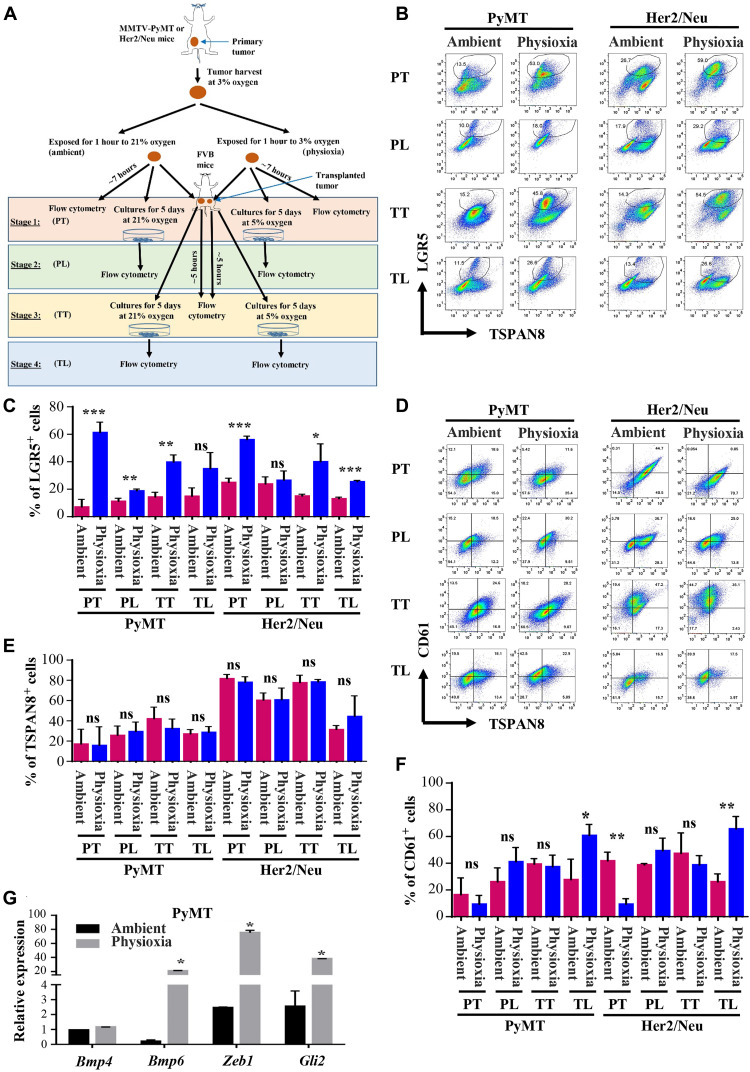Fig. 1. Effects of EPHOSS on CSC-associated cell surface marker levels and stemness-associated gene expression.
(A) Schematic view of the experimental design. Stage 1 (PT, primary tumor) involved processing of tumors under physioxia and ambient air, flow cytometry characterization of cells, cell propagation, and reimplantation of cells into female FVB/N mice. Stage 2 (PL, primary line) involved flow cytometry characterization of cultured cells of stage 1. Stage 3 (TT, Transplanted Tumor) involved recharacterization of tumors obtained from cell implantation of stage 1. Stage 4 (TL, transplanted line) involved flow cytometry characterization of cells grown from stage 3 tumor. PT, Primary Tumor; PL, Primary Line; TT, Transplanted Tumor; TL, Transplanted Line. (B) Representative flow cytometry profile of tumor cells stained for antibodies against LGR5 and TSPAN8. Antibodies against lineage markers CD31-PE (phycoerythrin)/Cy7, CD45-PE/Cy7, and CD140a-PE/Cy7 were used to label endothelial cells, hematopoietic cells, and fibroblasts, respectively, and only lineage-negative cells were included in the analysis. (C) Quantitation of LGR5+ cells. Differences in LGR5+ cells between ambient air and physioxia are significant [n = 3 to 6, one-way analysis of variance (ANOVA)]. (D) CD61/TSPAN8 staining patterns of tumor cells (n = 3 to 6, one-way ANOVA). (E) Quantitation of TSPAN8+ cells. (F) Quantitation of CD61+ cells. (G) Tumor cells collected and processed at physioxia express higher levels of stemness-associated genes compared to ambient air (n = 3, one-way ANOVA, P = 0.0004). *P < 0.05, **P < 0.01, and ***P < 0.001 by ANOVA. ns, not significant.

